

Max Davies
How Audi, BMW, Honda, Mercedes-Benz, and Suzuki started out in Australia, and where they are now
8 Hours Ago
The most affordable Sorento shows off the solid foundations that make high-spec grades so good. It covers all the basics and then some.
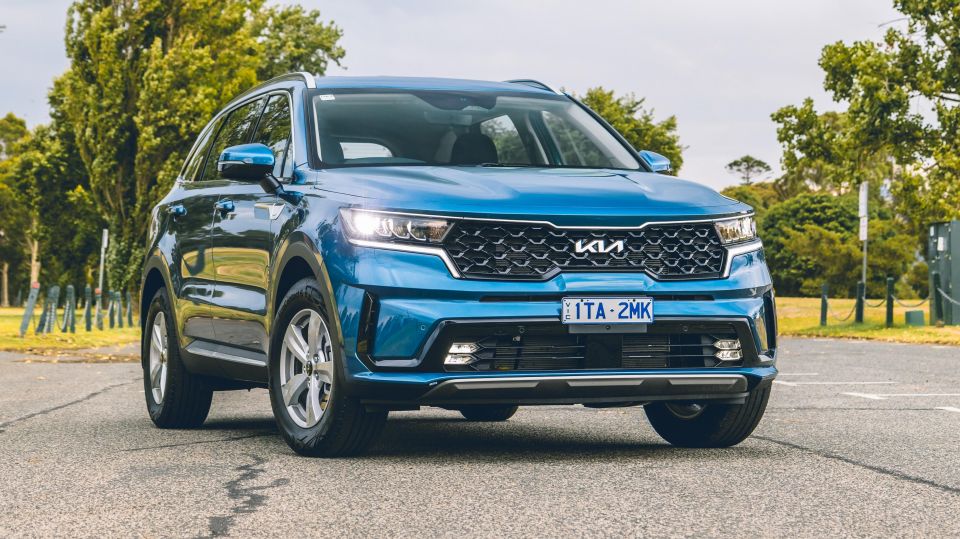
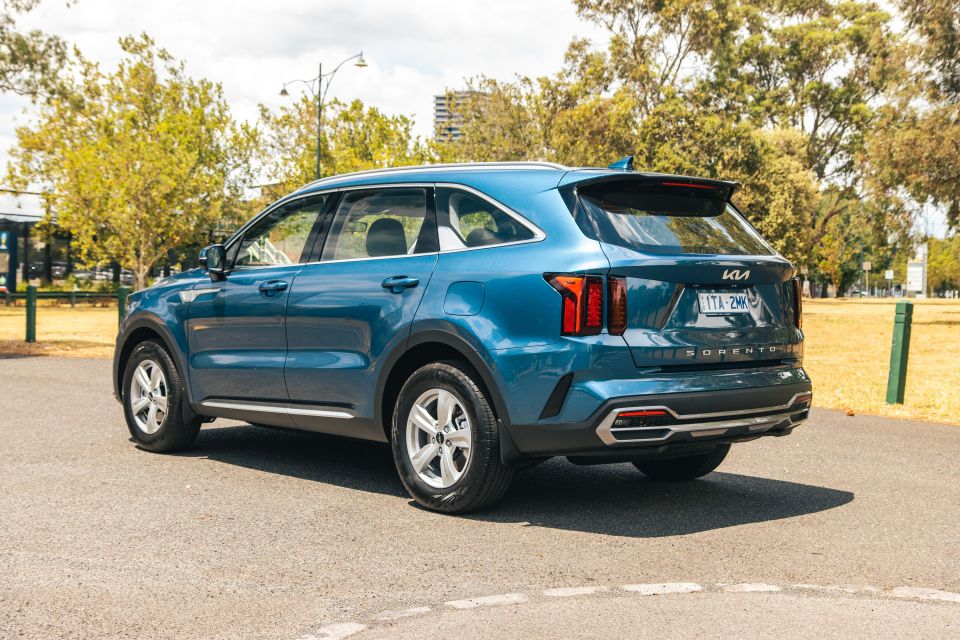

Quickly see how this car stacks up against its competition. Select any benchmark to see more details.
Where expert car reviews meet expert car buying – CarExpert gives you trusted advice, personalised service and real savings on your next new car.
The latest Kia Sorento has become a CarExpert favourite in the large family SUV segment, offering a combination of looks, practicality and high specification that’s hard to fault.
So far much of our coverage has focused on higher trims, namely the flagship GT-Line and the Sport+. They’re hot property, given wait times are almost a year long at this point.
Here, we’re sampling the most affordable variant on sale in Australia right now – the 2022 Kia Sorento S V6 FWD.

At launch it was something of a bargain, priced at a smidgen under $47,000 on the road. At a little over $50,000 in your driveway, Kia’s entry point to its seven-seat SUV line-up has been subjected to several markups like we’ve seen across the industry.
In its most humble form, is the Korean brand’s “new kind of luxury SUV” compelling as it is in high-spec form? Or is it a price-leader designed to get foot traffic into showrooms and upsold?
Let’s find out…
We’re testing the most affordable variant on sale in Australia, the Sorento S 3.5 V6 FWD.
Pricing for the base model currently starts at $47,650 before on-roads, a bit up on the launch price of $46,990 drive-away. Using a Melbourne postcode, the brand’s online configurator lists the base V6 from $50,790 drive-away.
Kia Australia’s national drive-away pricing isn’t as fixed as it once was, though it tends to be more consistent.
At the time of writing, the MY22 Kia Sorento line-up starts at $47,650 before on-roads and tops out at $80,330 for the flagship Sorento GT-Line Plug-in Hybrid (PHEV). Premium paint, like our tester’s Mineral Blue metallic, adds $695 across the line-up.
2022 Kia Sorento pricing
All prices exclude on-road costs and are current as of March 1, 2022
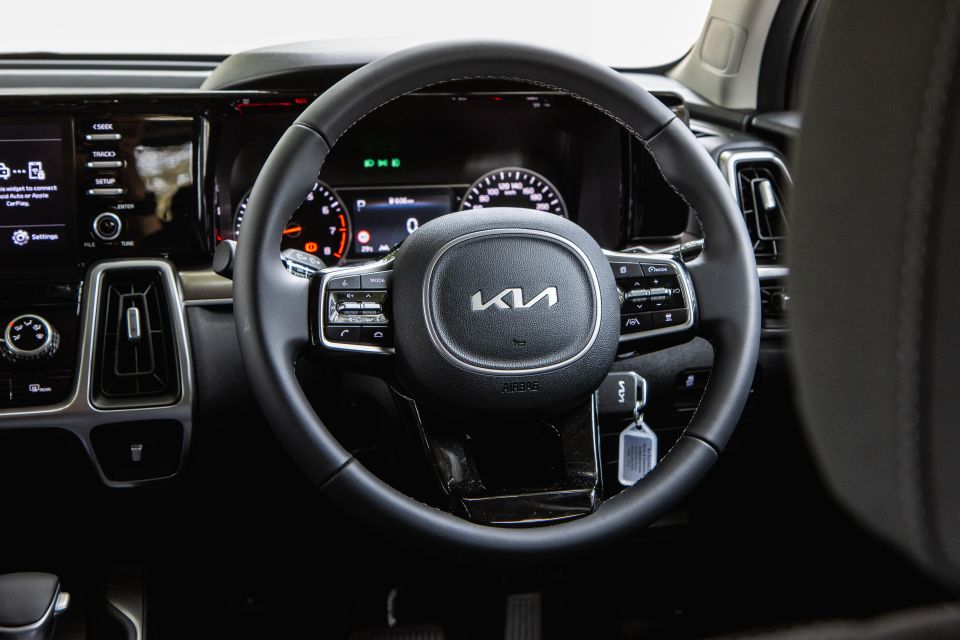
Price-wise, the Sorento competes with a number of vehicles in the mainstream large SUV class, though there’s a few different approaches in play.
You can get car-based crossovers like the Sorento, the related Hyundai Santa Fe, Mazda CX-9, as well as the Toyota Kluger, or you can get something a little more capable and rugged like a Ford Everest or even an off-road wagon like the Subaru Outback.
In fact, we compared this exact Sorento with an entry-level Subaru Outback, and you can read all about it here.
Key rivals include:
All prices exclude on-road costs unless specified

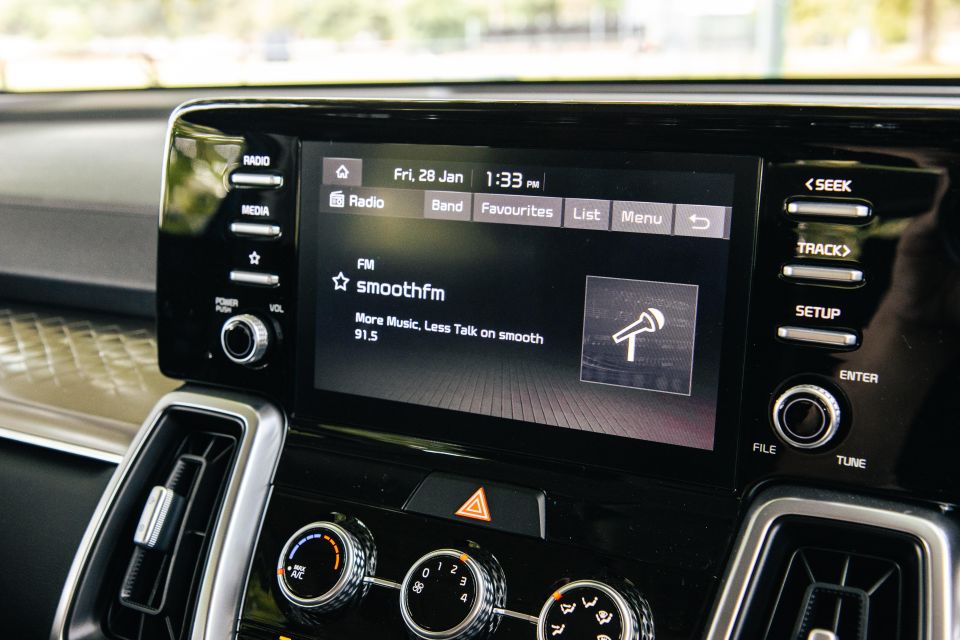
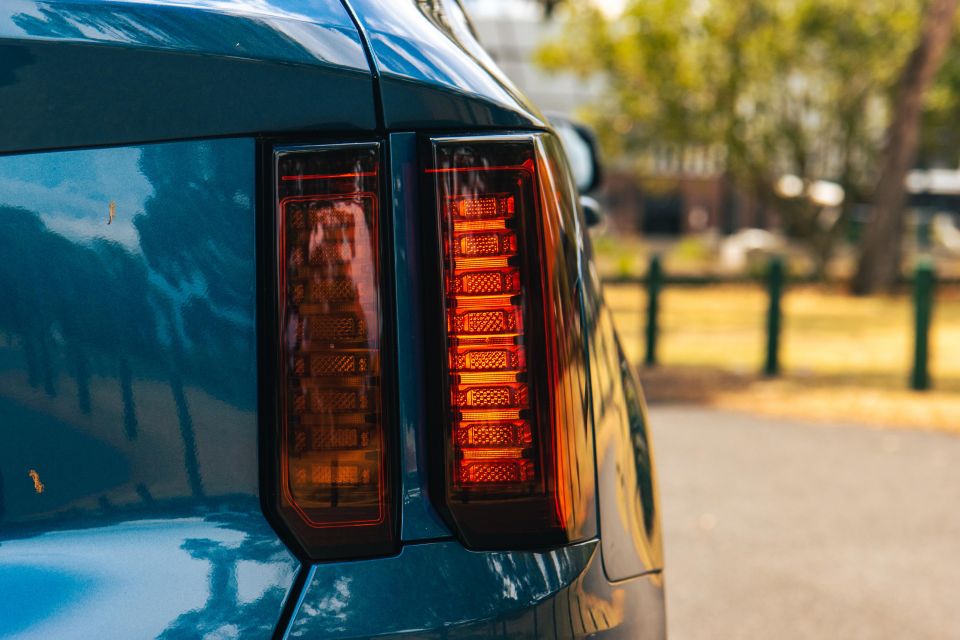
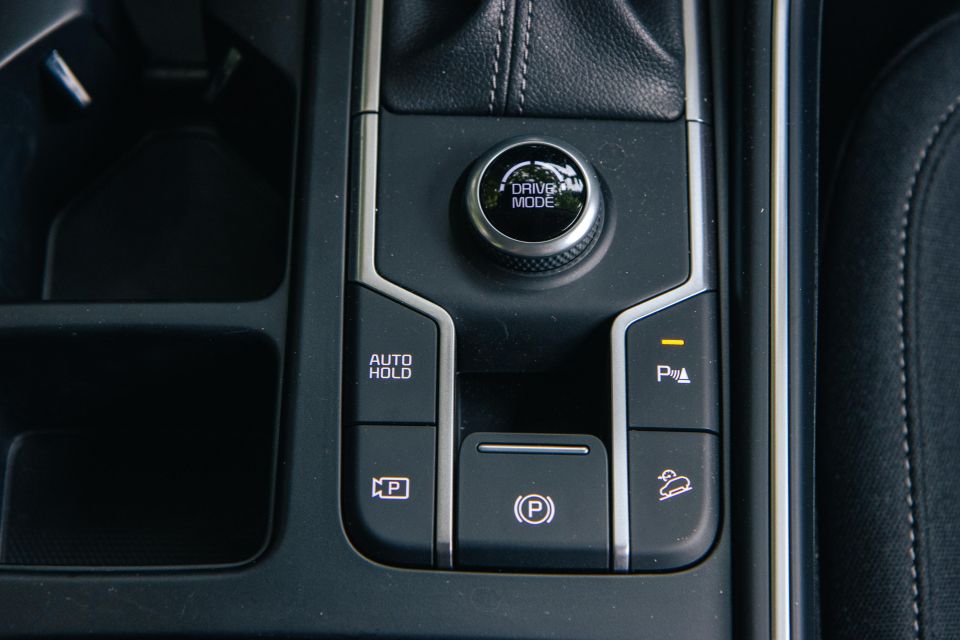
Buy your new car without the stress. It's fast, simple and completely free.

Great service from Travis and team, second time I have used this business would not hesitate to recommend them to anyone
Craig C.
Purchased a Ford Ranger in Sunshine Coast, QLD
CarExpert helped Craig save thousands on his Ford Ranger, now let us save you on your next new car.
Find a dealSorento S highlights:

The Kia Sorento wears a five-star ANCAP safety rating based on tests conducted by Euro NCAP in 2020. All variants are now covered by this rating, including petrol, diesel, hybrid, and plug-in hybrid versions.
Category scores include 82 per cent for adult occupant protection, 85 per cent for child occupant protection, 63 per cent for vulnerable road users protection and 89 per cent for safety assist.
A key reason for the lower adult occupant score was protection of the driver’s chest and upper legs in the 50km/h frontal offset test, which was rated Weak. Meanwhile, lower-leg protection was deemed Marginal for the driver, as was protection of the front passenger’s upper legs.

Standard safety equipment includes:
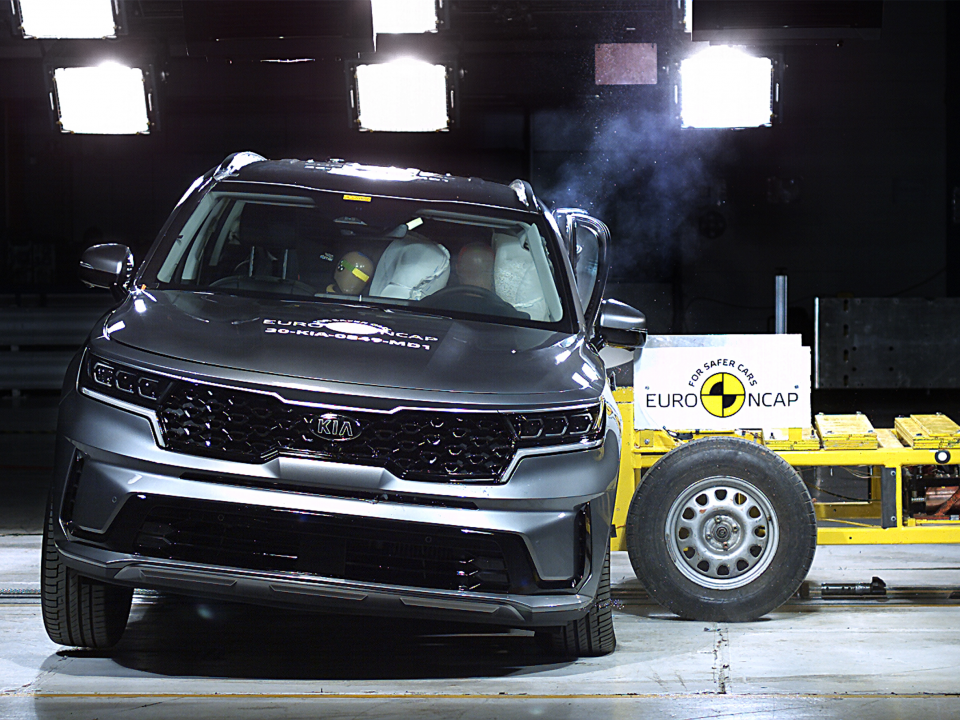
There are also ISOFIX child seat anchors in both the second (outboard) and third rows, with top-tether points on all rear positions. The third-row curtain airbags cover the rear windows, but don’t fully extend to the D-pillar which is why ANCAP lists the curtain airbags for only the first and second rows.
Moving up to GT-Line brings upgraded dual-LED projector-type headlights, a 360-degree camera system, Blind Spot View Monitor side cameras augmenting the existing blind-spot assist, and Parking Collision Avoidance Assist that can apply the brakes if the vehicle detects obstacles at low speeds like pedestrians or a wall.
Further, the GT-Line’s enhanced Safe Exit Assist feature will actually lock the doors to prevent an occupant opening the door into the path of an oncoming road user. The HEV and PHEV GT-Lines miss out on the Remote Smart Park Assist feature of V6 and diesel models.
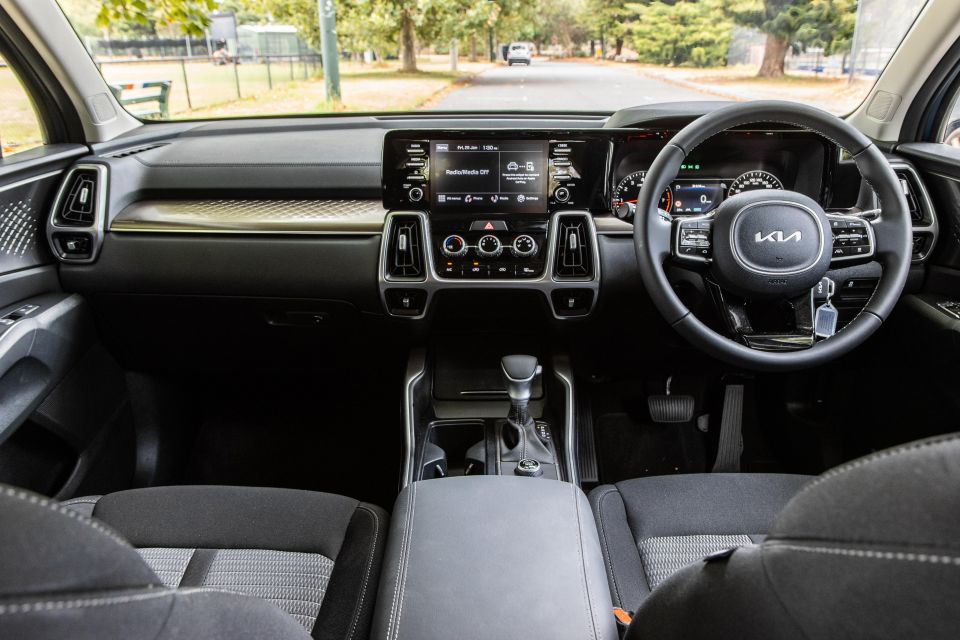
It may lack the fanfare of the GT-Line’s quilted Nappa leather and digital instrument display, but the Sorento S offers solid foundations in the cabin which almost give it a bit of charm.
The cloth-trimmed seats look basic but are comfortable and supportive, while all the leather-lined and leather-look touch points feel high quality. The soft-touch surfaces on the dash and doors are just like that used in higher grades, and the more basic analogue instruments and switchgear are clean and easy to read/use.
Storage abound, with cubbies and drawers throughout the centre console and beneath the front-centre armrest. One criticism is the skinny door pockets which is a common complaint amongst the related Carnival and Hyundai Santa Fe, as well as the larger Palisade.
There’s no Qi wireless phone charger under the damped lid ahead of the shifter like other grades, which seems silly given the base variant is the only one equipped with wireless smartphone mirroring. Go figure.
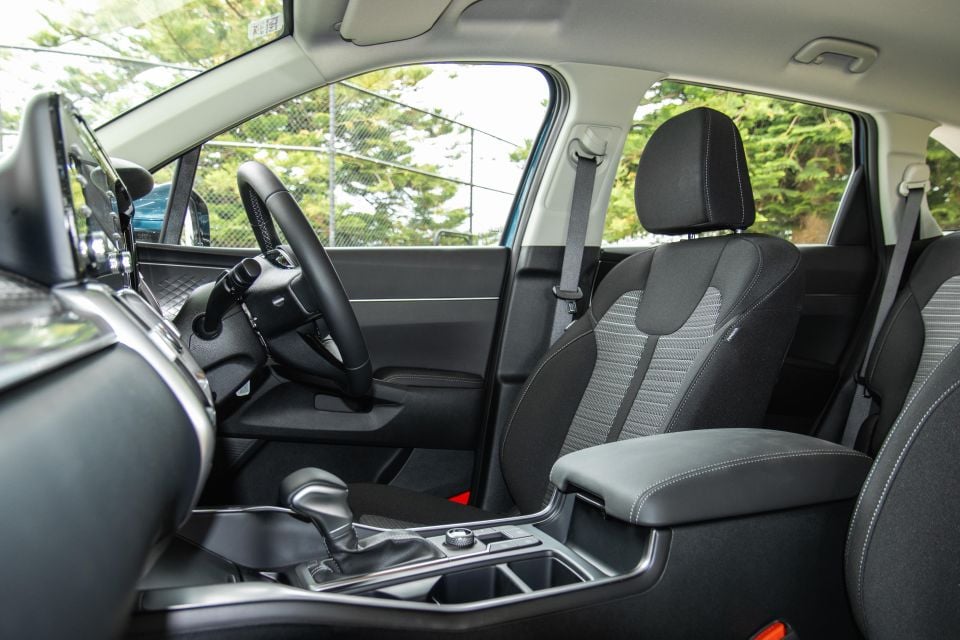

On the topic of infotainment, the Sorento S is the sole variant that misses out on the 10.25-inch touchscreen with embedded navigation, instead offering an 8.0-inch unit sans native mapping and with wireless Apple CarPlay and Android Auto rather than wired higher up in the range.
Why? Hyundai and Kia have said on multiple occasions that there’s an issue with the tech companies regarding which maps would be the default with wireless mirroring, or something to that effect, though other brands – particularly the European ones – don’t seem to have such an issue.
The base head unit works well and quickly hooks up to the paired phone, and the software gremlins that would plague users with constant dropouts and interruptions on the move are no more. Thank God for that.
Audio quality through the standard six-speaker unbranded sound system is good, and there’s AM/FM and DAB radio tuners rounding out the infotainment specs.
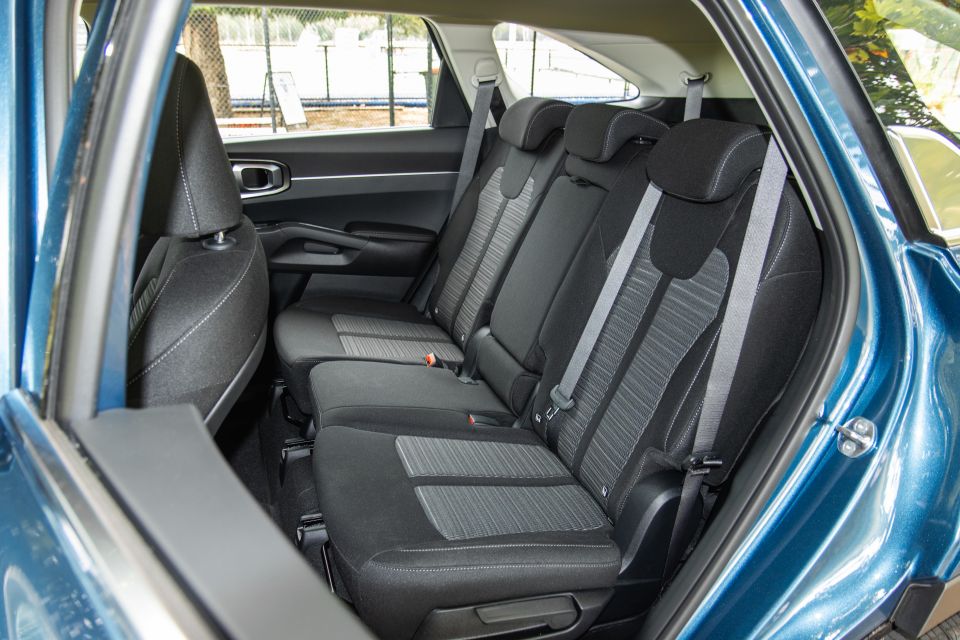
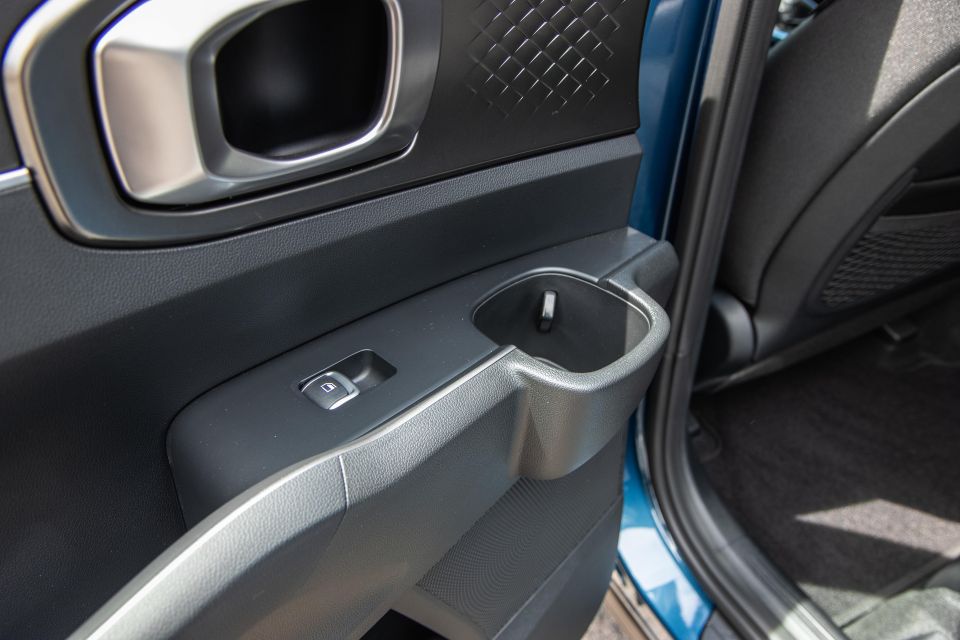
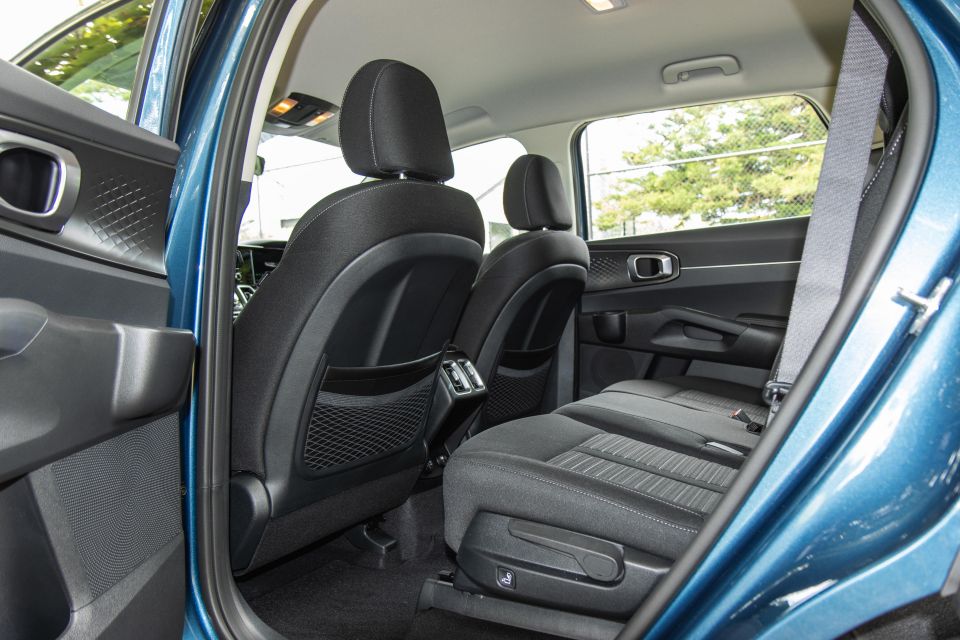
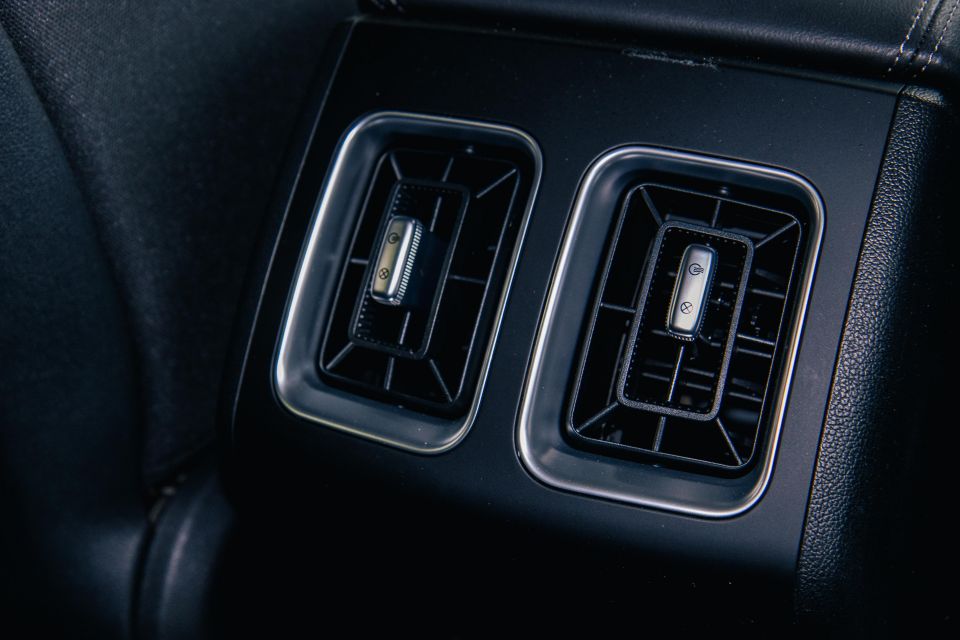
The Sorento’s second row is what you’d expect from a big, boxy SUV. It’s got more than enough space for kids, adults, pets, you name it.
Leg, knee and headroom are all excellent regardless of how tall front occupants are, and the Sorento’s 1900mm width is just under 20mm more than something like a Skoda Kodiaq or Volkswagen Tiguan, meaning you can sit three adults across the rear bench in better comfort compared to some more compact rivals.
Rear amenities include directional air vents, map pockets behind the front seats, a single USB charge port behind the centre console, cupholders ahead of the rear door armrests, a bottle holder in the door bin, and a fold-down centre armrest with two extra cupholders.
Further, there’s ISOFIX anchors on the outboard rear seats, and an additional two ISOFIX anchors in both of the third-row pews. There’s top-tether points for all five rear seats across the second and third rows, too.
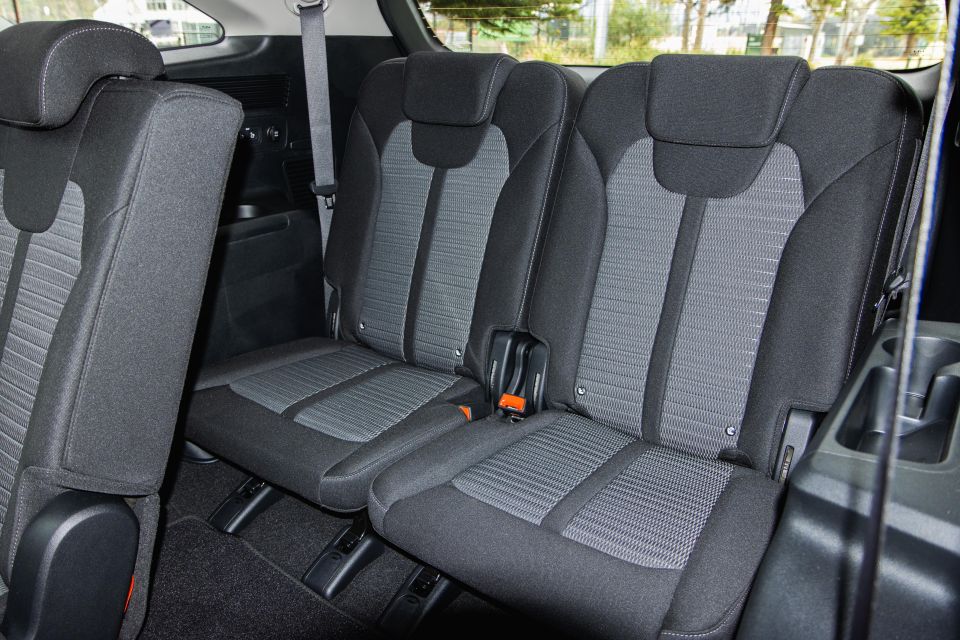
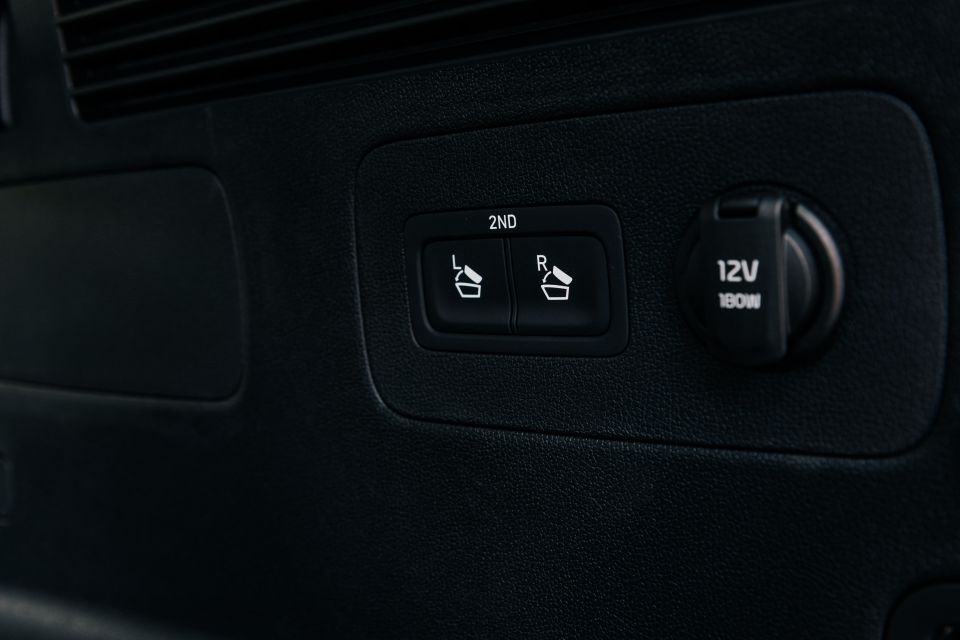
The third row isn’t quite MPV good, but for a three-row SUV it’s one of the better rear seating solutions, with good space for children and adequate room for adults provided they aren’t back there for too long.
You can slide the second row fore and aft to open up more space in the third-row if you need, but one omission worth calling out is the removal of separate fan controls and third-row vents in a vehicle with seven seats as standard. It reeks of cost-cutting and knocks comfort in the rear during Australia’s hot summer.
While we’re in the third row, let’s talk about the airbags. Technically, the Sorento’s curtain airbags are rated to cover the first and second rows, but not the third row according to ANCAP – and it’s a cause for debate in the comments.
The curtain inflators do extend past the C-pillar to cover the rear quarter windows that are essentially in the third row but they don’t quite reach the D-pillar. The CX-9 and Kluger are examples of cars citing three-row coverage for curtain airbags, although the area covered by their inflators isn’t necessarily all that different.
That’s not to excuse Kia (or Hyundai) for designs that perhaps don’t offer the head protection of rivals, but it’s not as simple as criticising them simply because ANCAP says neither has third-row curtain airbag protection.
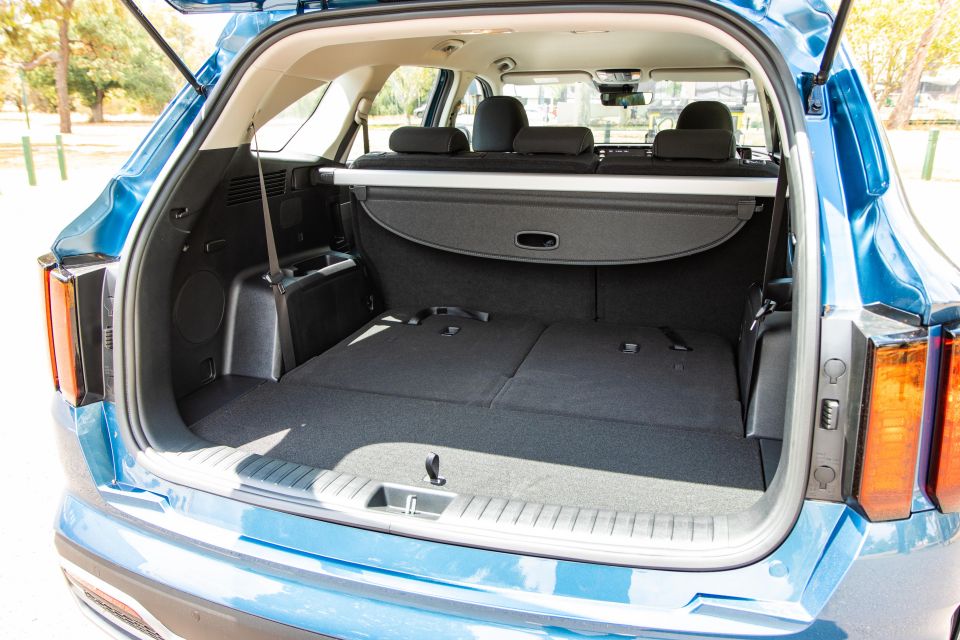
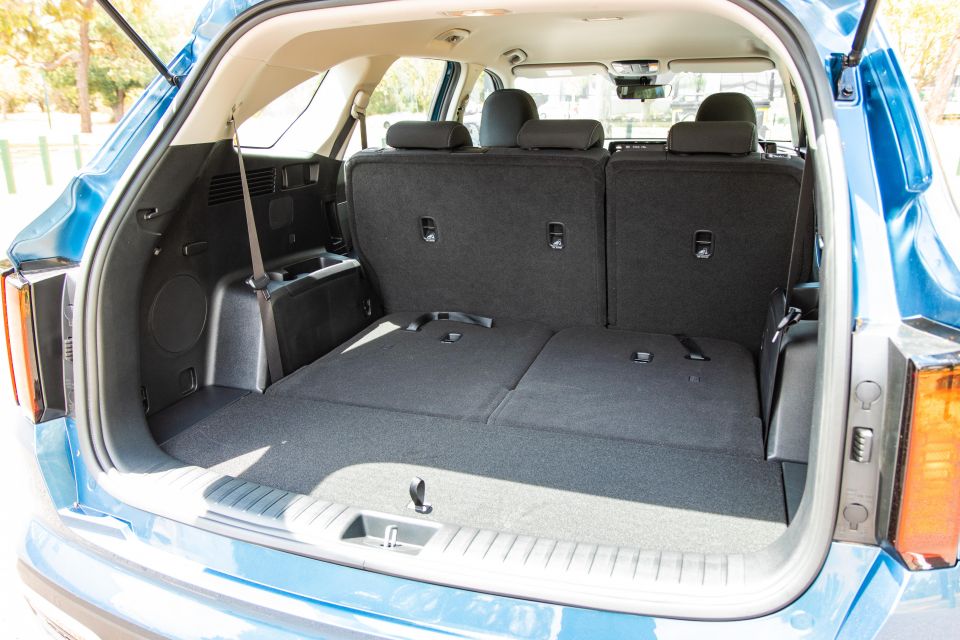
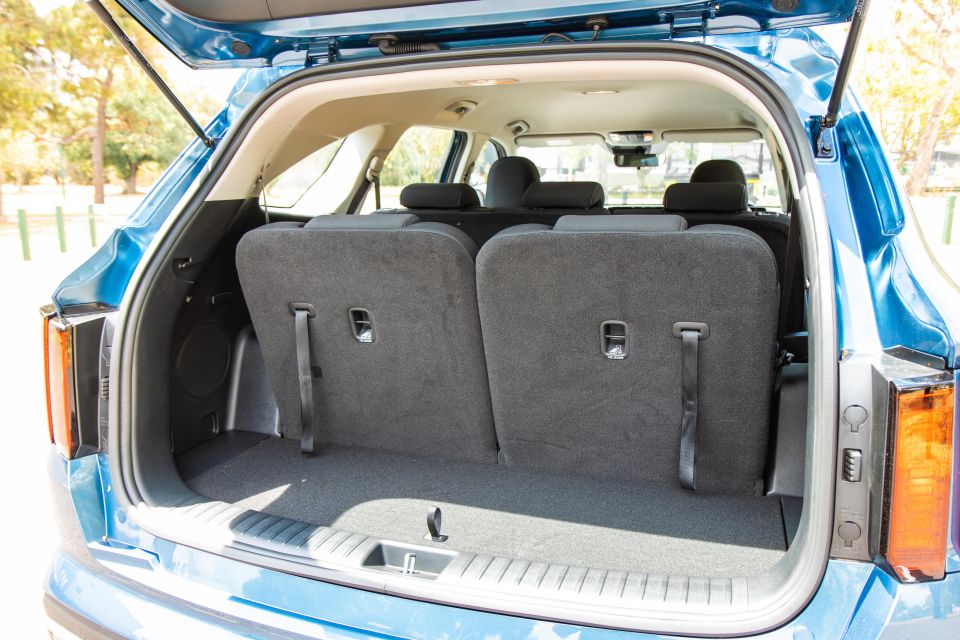
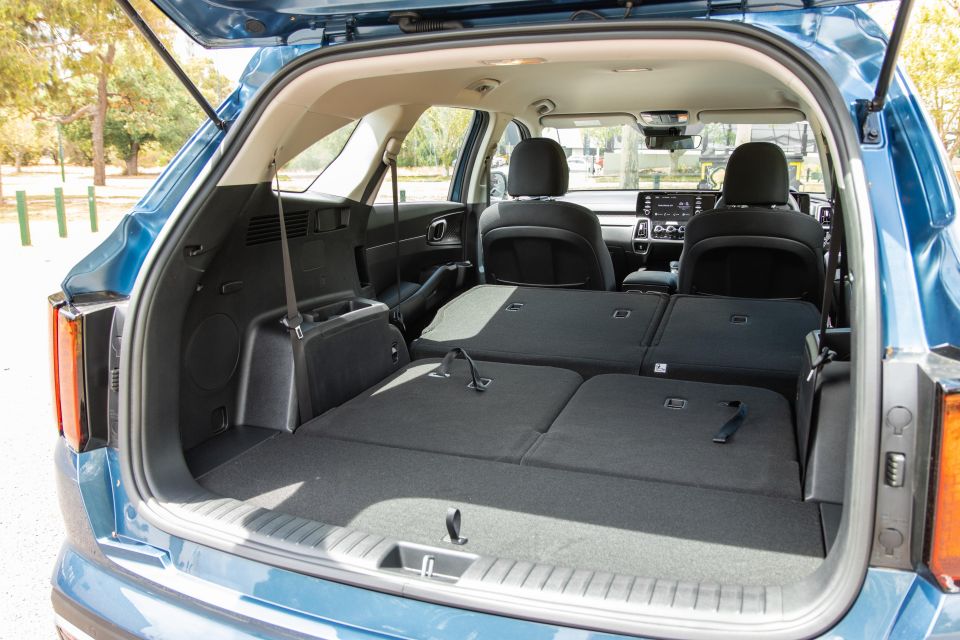
Boot space is quoted at 187L with all three rows in use, 616L with the third row folded, and 2011L with both the second and third rows stowed.
The Sorento’s load area is square and flat in five-seat form, making it great for prams, sporting equipment, shopping and the like, and as a two seater it’s huge but the second row isn’t quite as flat.
Kia has done a great job engineering space behind the third row to stow the cargo blind beneath the floor – so you don’t have to leave it in the garage if the requirement for seven seats spontaneously presents, though 187L is barely a patch on something like a Hyundai Palisade that offers 311L with three rows in use.
There’s a full-size alloy spare wheel under the rear, which is something of a rarity these days as an increasing amount of vehicles move to space-saver temporary spares or even tyre repair kits.

Front-drive petrol versions of the Kia Sorento are powered by a 3.5-litre naturally-aspirated V6 petrol engine.
Outputs are rated at 200kW (6300rpm) and 332Nm (5000rpm), with drive channelled to the front axle only via an eight-speed conventional automatic transmission. The Sorento V6 isn’t offered with all-wheel drive in Australia due to a right-hand drive packaging issue.
Combined fuel consumption for the V6 petrol is listed at 9.7L/100km, with emissions rated at 222g/km. By comparison, the 2.2-litre turbo-diesel has claimed combined fuel use of 6.1L/100km and 159g/km of CO2.
The Sorento can happily run on 91 RON regular unleaded, with the fuel tank measuring 67L.

Where expert car reviews meet expert car buying – CarExpert gives you trusted advice, personalised service and real savings on your next new car.
Having spent most of my time in diesel-powered Sorentos in current and previous iterations (my parents also own an MY13 Sorento Platinum Diesel), I was keen to see if the V6 petrol engine makes any significant changes – and it really does.
The naturally-aspirated V6 is a little old-school but it’s pretty clear why people still like it after a few minutes behind the wheel. It’s quiet and refined, beautifully linear, and packs a meaty engine note when pushed.
Another major difference mechanically is the transmission, being an eight-speed torque converter automatic rather than the dual-clutch design of diesel models with all-wheel drive. The in-house unit is a sweet shifter, offering near-immediate pick-up off the line and snappy shifts that get the most out of the V6 engine.

With that said, the petrol V6 is down 108Nm on the 2.2-litre diesel and does its best work high up in the rev range, and you’ll find that manifests into more shuffling between cogs when you hit an incline as the transmission works hard to keep you in the V6’s sweet spot.
Sure, the V6 is a sweet unit and sounds a little sporty under acceleration, but conversely that means it has to work harder than the diesel despite offering more capacity and a lighter kerb. That quoted 9.7L/100km fuel consumption figure will quickly jump into double figures if you frequent urban areas, not helped by the lack of stop/start.
Other aspects of the driving experience are sound, though, and put the Sorento in the upper echelon of the class.
Ride and handling are both excellent thanks to Kia’s local suspension tuning program. The Sorento handles like a much smaller car and the rev-happy V6 engine only adds to that more engaging nature.
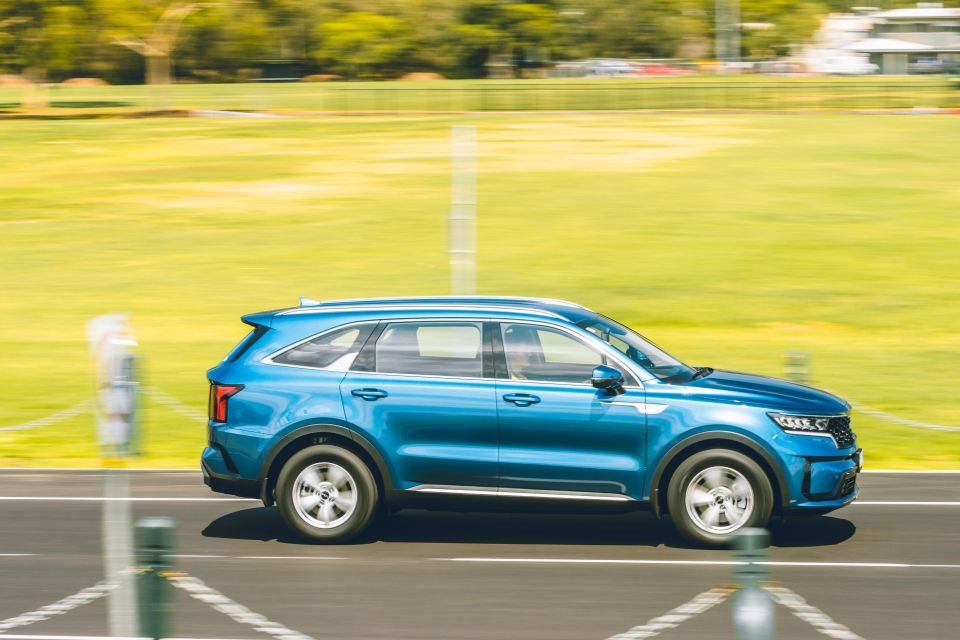
Further, the S-spec’s 17-inch alloy wheels and chubby 235/65 Continental tyres add an extra layer of compliance to the Sorento’s ride, which is particularly appreciated over pimply city streets where higher grades on 19- and 20-inch rims can get a touch busy.
Noise suppression is up there with the class leaders, with ambient road and wind noise kept to a minimum even over coarser road surfaces. While it may not have luxury levels of standard features in its most basic trim, the Sorento S certainly drives like a premium product.
Kia’s suite of assistance systems is standard from the base level, meaning adaptive cruise, lane-keeping and centring, blind-spot and rear cross-traffic systems are all at play here, and all work well.
The adaptive cruise and lane centring functions combine to offer semi-autonomous driving capability on the highway which can be a handy aid on extended stints behind the wheel, especially if you’re often distracted by screaming kids in the back.
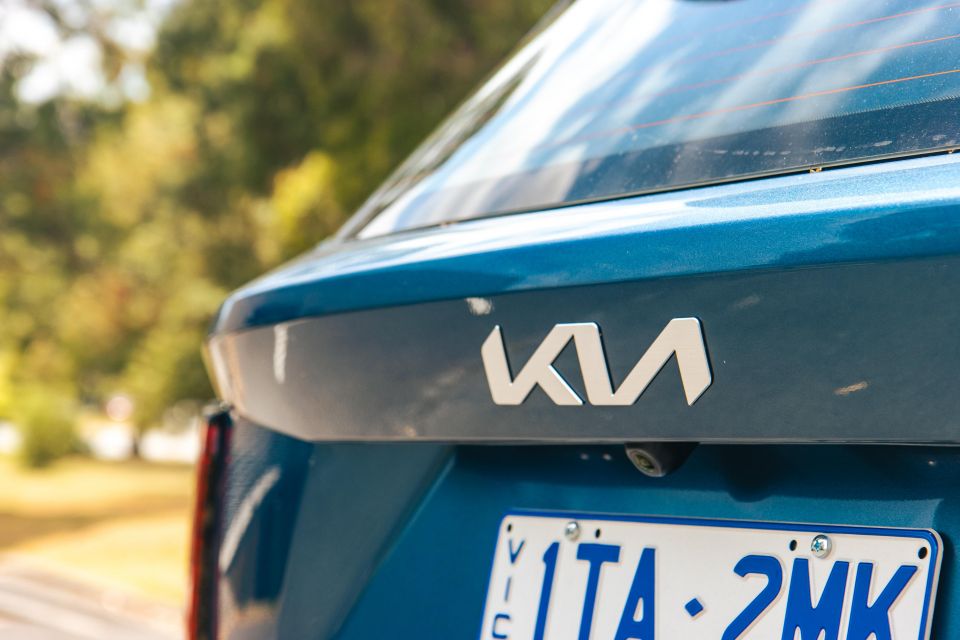
The Kia Sorento range is covered by the brand’s seven-year, unlimited-kilometre warranty which also includes seven years of capped-price servicing and up to eight years of roadside assistance if maintained by your Kia dealer.
Kia Sorento 3.5 FWD service pricing:

The Sorento really showcases how far Kia has come from its humble, cheap n’ cheerful beginnings.
Even in base trim it has a touch of class across most metrics, showing off the capable and refined foundations making high-grade versions so good. It feels almost European in terms of how it all comes together, which is fitting given the Sorento is Kia’s global flagship and is spearheading the brand’s more upmarket push in Europe and the UK.
We have to knock the lack of third-row ventilation hardest, which is just a silly oversight given the Sorento’s intentions and the segment, and noting the partial airbag coverage in the third row is worthwhile if you plan on carting kiddies in the back-back regularly.
All told, however, the cheapest Sorento you can buy certainly doesn’t feel cheap, and still offers a lot of bang for your buck.
It’s a capable, comfortable and well-equipped 5+2-seater SUV – though the diesel is the better engine, and at nearly $54,000 on the road it’s getting up there in price for a ‘basey’.

Click the images for the full gallery
MORE: Everything Kia Sorento
Where expert car reviews meet expert car buying – CarExpert gives you trusted advice, personalised service and real savings on your next new car.
James Wong is an automotive journalist and former PR consultant, recognised among Australia’s most prolific motoring writers.


Max Davies
8 Hours Ago


William Stopford
8 Hours Ago


Derek Fung
9 Hours Ago


Max Davies
16 Hours Ago


William Stopford
1 Day Ago


Ben Zachariah
1 Day Ago